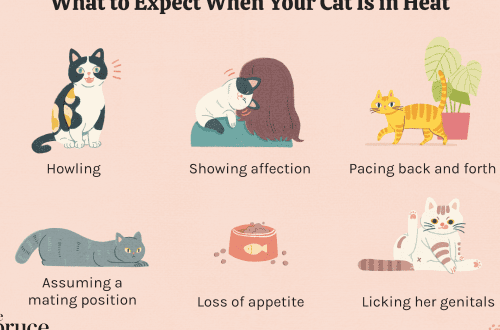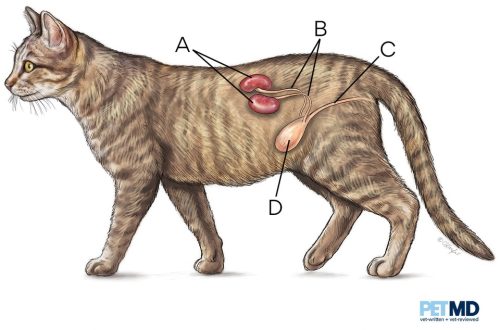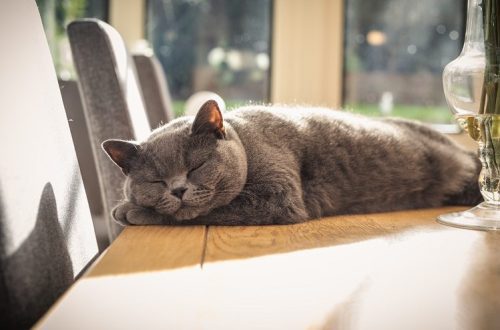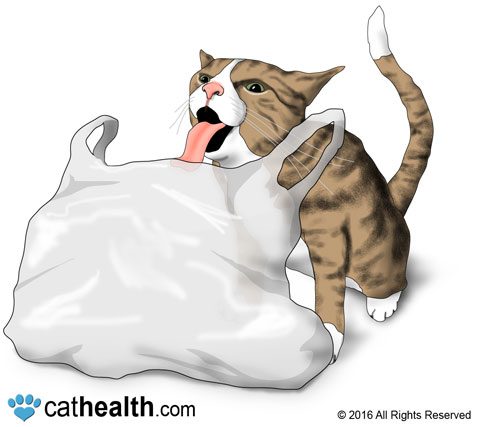
Why do cats eat bags and plastic?
It often happens that the owners, going about their business, hear their pet rustling in the next room. Finding out that a cat is chewing on bags, any owner will wonder how harmful it is. And anyway – why does a cat eat plastic bags?
Why plastic?
The furries love it. Plastic bags act on various senses: the crunch of plastic excites the ears of a cat, the smell of food that was previously in the bag, carried through the air, tickles the nose, and the smooth surface under the paws is pleasant to the touch. For a little friend, this is a full sensory experience.
As the Pet Health Network explains, plastic bags are especially popular with pets because “many of them are coated with substances such as cornstarch and stearates (salts of stearate acid) or made from animal by-products such as gelatin, making them attractive to cats. “. A cat sees a plastic bag and thinks, “Oh look, yummy!”
In addition, the pet may chew bags and other, harder plastic items, such as cocktail straws or bottle cap rings, to reduce anxiety caused by psychological or medical stressors. It can be anything from moving to a new home and having a new pet or child in the house, to getting sick and getting old.
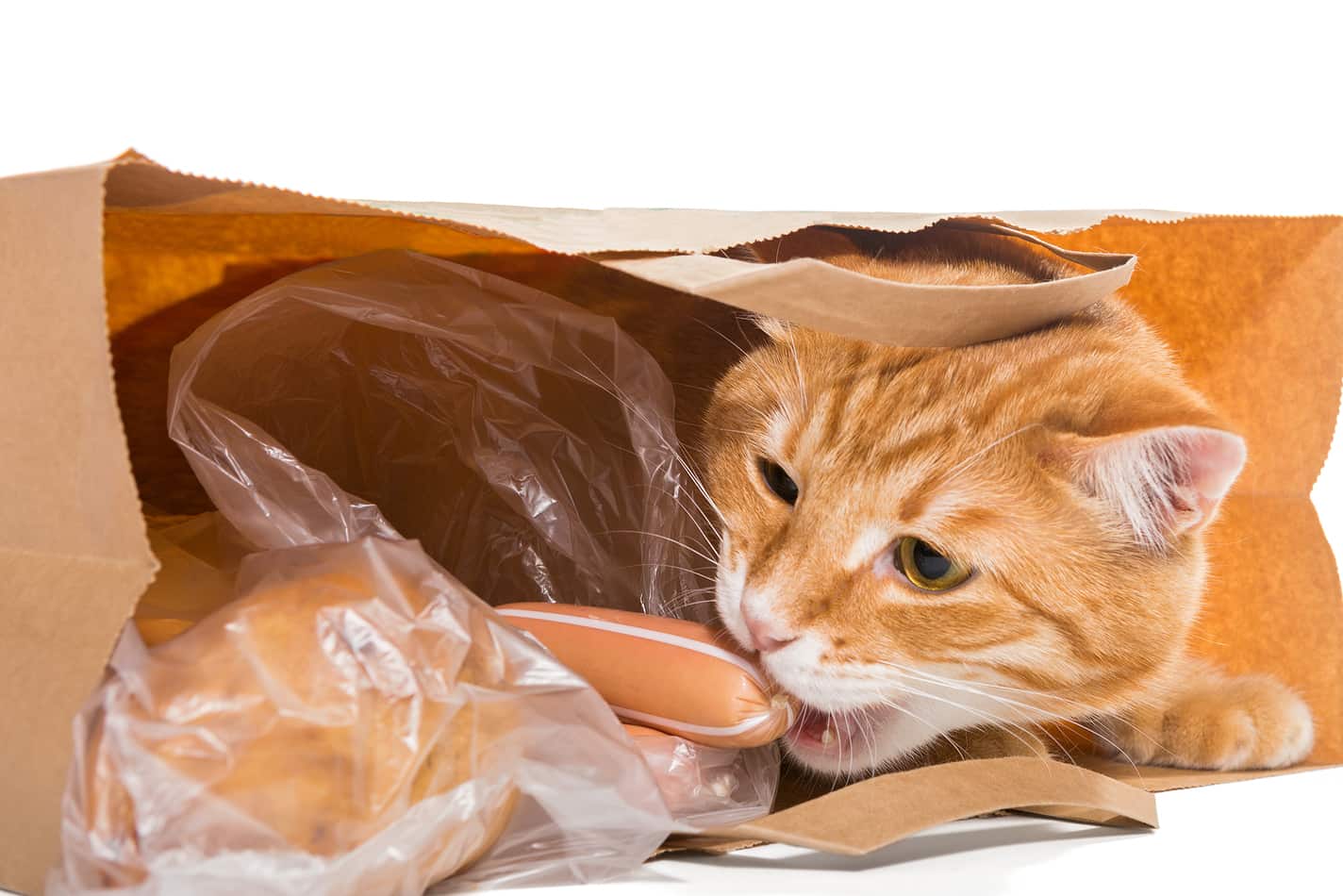
Safety and Prevention
Animals and plastic bags are a potentially dangerous combination for several reasons. If the cat has eaten the plastic, the foreign body can block the airway or cause intestinal upset. And the handles of the bag during games can be wrapped around the neck of the animal, causing suffocation.
The safest way to prevent such incidents is to always keep plastic bags out of the reach of pets. For example, put away unnecessary bags in a closet, garage or other place where the cat cannot enter.
Unfortunately, this will not help the case if you fill the bags with a trash can or even a cat tray. By the way, do not worry that the cat will want to chew on the bag in his litter box – for most healthy cats, the litter box is not associated with a snack.
If you can’t keep your pet out of the room where the trash can is, it’s better to buy a bucket with a lid, under which you can fill the bag. The cat won’t be able to chew on it if it can’t get to it. This rule also applies to other dangerous “toys”, including electrical cords.
If there is a suspicion that what is happening is not only related to the cat receiving sensory pleasures, it is necessary to make an appointment with the veterinarian. He will conduct an examination and give a more complete answer to the question of why the cat eats packages. The doctor will be able to rule out any pathologies, such as pica, in which animals eat inedible products such as plastic, rubber or fabric, according to the College of Animal Behavior. Pica can also indicate a more serious condition, such as feline leukemia. Therefore, you should check your pet with a veterinarian as soon as possible.
Alternatives to plastic
The cat can be distracted from the plastic bags by using stealthy distraction tactics. If it is impossible to remove the desired object from the reach zone, you can offer her something more interesting in return.
For example, provide her with sensory stimulation with toys such as food puzzles or ball mazes. Since the cat’s hunting instinct is very strong, she will love soft cat toys that she can chase around the house. Many pets will also appreciate stuffed dog toys that are more durable than cat toys.
If the cat is chewing on plastic and can’t be distracted, you can arrange a special safe place for her, where she can chew cat treats or toys to her heart’s content. A cat’s own garden is a healthy and fun alternative to harmful and potentially dangerous plastic.
Cat owners can safely add eating plastic to their list of feline fads. But it is precisely for such oddities that these animals are so loved. It is necessary to distract the cat from such snacking, limit such behavior to safer alternatives, and consult a veterinarian to understand the chewing habits of the furry beauty.



